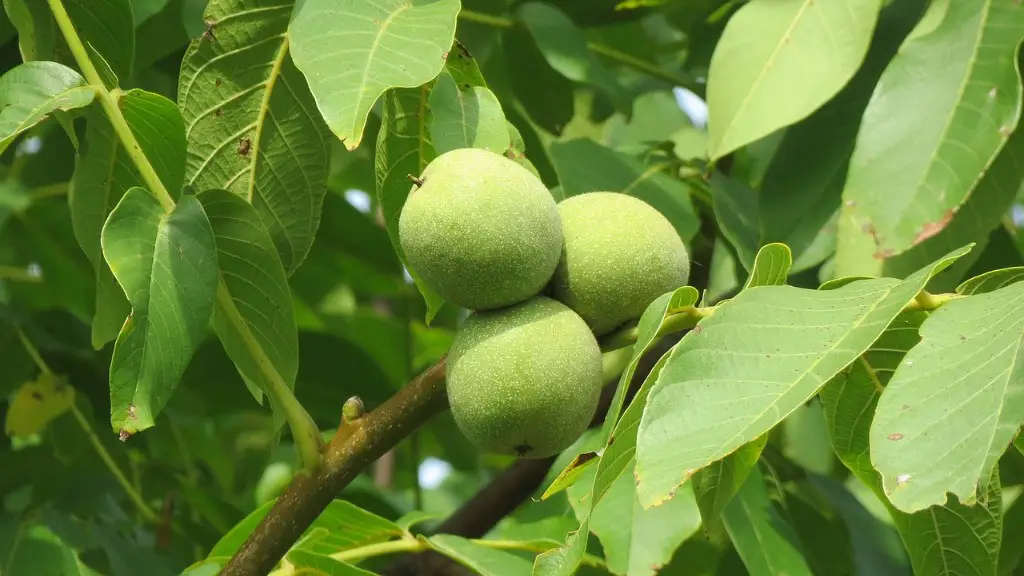Maintaining a lemon tree can be challenging, particularly when it starts to decline. Proper understanding of how to revive a dying tree is essential for lemon tree owners. Refreshing the soil, proper watering and fertilization techniques, pruning and pest management are some of the techniques that growers should undertake to revive a lemon tree.
Firstly, refreshing the soil is an important step in reviving a lemon tree. This should be done by removing the top layer of soil, then replacing it with a mix of organic material such as compost, manure, and humus. This will help to add back essential nutrients and microorganisms which have been lost over time.
Proper watering and fertilization techniques should be adopted in order to revive a lemon tree. During the growing season, make sure to water adequately, while avoiding overwatering which can cause root rot. The fertilization program should be tailored to each tree’s needs, and it’s important to provide the necessary nutrients for healthy growth.
Pruning is an essential step to revive a lemon tree. Pruning is important for promoting healthy growth, as it helps to remove dead and diseased branches and encourages branching. Additionally, it ensures that the tree is not growing too dense, which can negatively impact the amount of fruit produced.
Finally, proper pest management is essential to revive a lemon tree. Pests, insects and diseases can all cause damage to a lemon tree and its fruits, and growers should ensure that their tree is properly monitored for signs of disease or infestation. By implementing proper pest control methods and regularly checking for signs of disease or infestation, growers can help to ensure that their lemon tree remains healthy.
Soil Care
To revive a dying lemon tree, proper care of the soil is essential. Soil should be tested regularly to determine its nutrient content, and necessary amendments should be made to restore the health of the soil. Additionally, using mulch can help to retain moisture, reduce weeds and add back essential nutrients. Regular top-dressing with compost can also help to improve the soil quality and provide the necessary nutrients for healthy plant growth.
Correct Watering
Lemon trees need a consistent water supply to maintain optimal health. During the growing season, lemon trees should be watered deeply and frequently in order to ensure that the soil is damp throughout the root zone. However, it is important to avoid overwatering, as this can lead to root rot. Additionally, water should be applied slowly and evenly, to ensure that it is reaching the tree’s roots.
Selective Pruning
Pruning is important for maintaining the health of lemon trees, as it helps to promote branching and improved fruit production. Prune the tree during the dormant season to help control its growth, and to remove any damaged or diseased branches. Additionally, pruning should be done selectively, to avoid cutting off any healthy branches or leaves.
Manage Pests
Pest management is a vital part of reviving a lemon tree. Checking the tree regularly for signs of infestation, and using organic and natural methods of pest control are important to maintain the tree’s health. Monitoring should be done in all seasons, as some pests are more active during certain parts of the year. Additionally, it is important to remove any affected leaves and fruits promptly, in order to minimize the damage done by pests.
Fertilization and Nutrient Support
In order to revive a dying lemon tree, growers should ensure that it is adequately supplied with essential nutrients. Applying a fertilizer tailored to the tree’s specific needs is important to promote healthy growth and high yields. Additionally, the soil should be tested regularly for its pH and nutrient levels, and amendments should be made as necessary, to ensure that the tree receives the necessary nutrients for optimal growth.
Managing Disease and Insects
Even in a well-maintained lemon tree, disease and insects can still cause damage. Regularly inspecting the tree for signs of infestation or disease is important to early identify bugs or fungi. Additionally, timely intervention can help to minimize the damage caused by disease and insect infestation. Spraying appropriate pesticides or fungicides can help to reduce the risk, and also help to ensure that the tree remains healthy.


